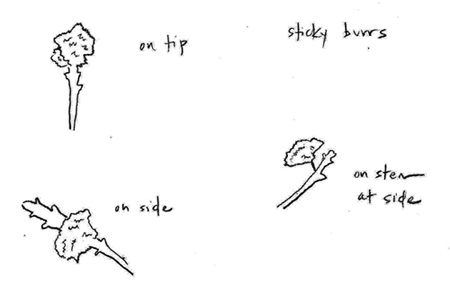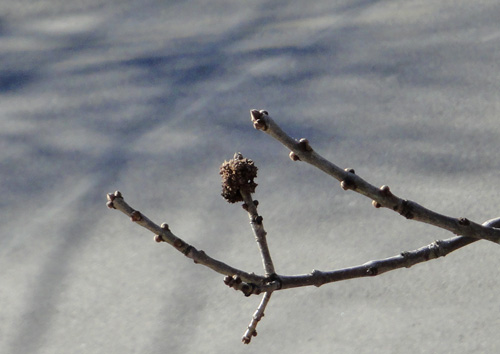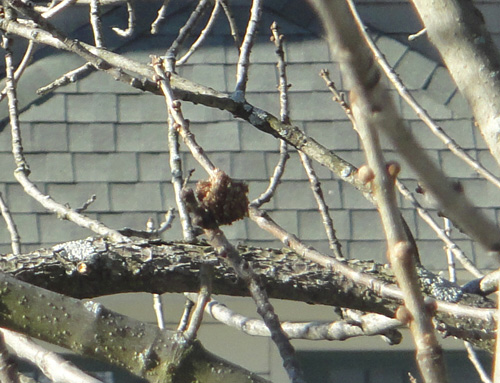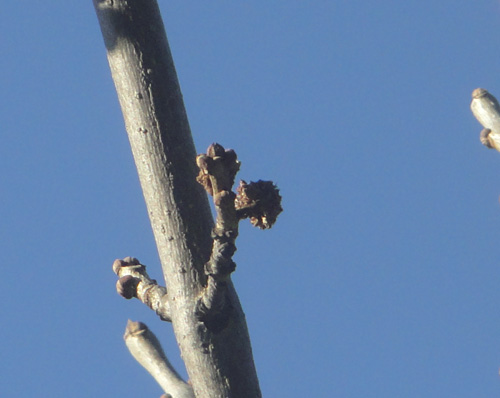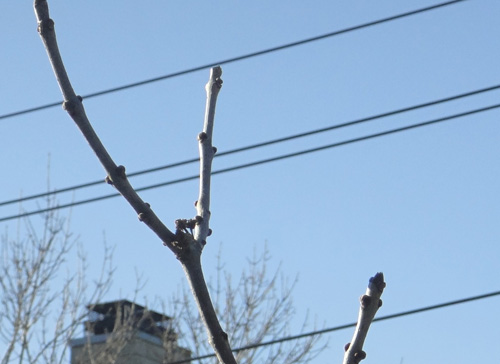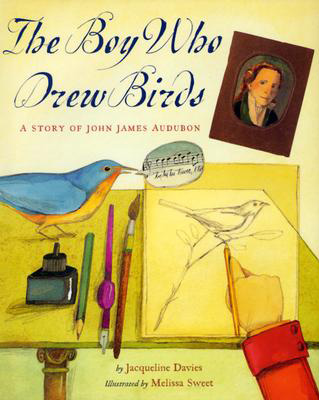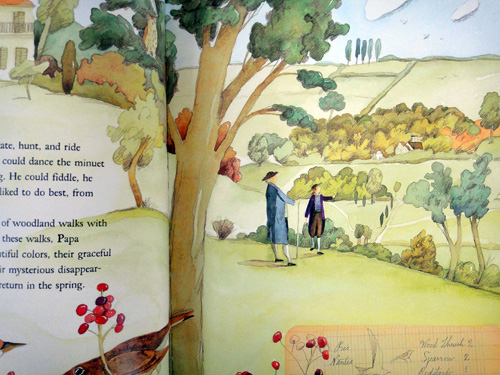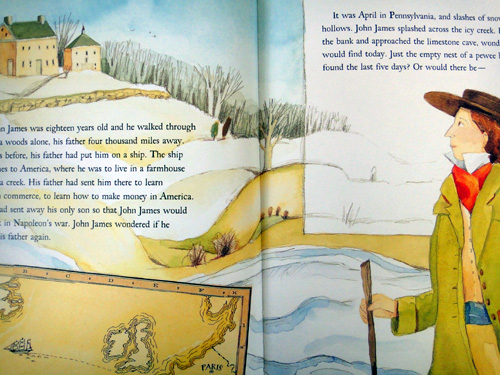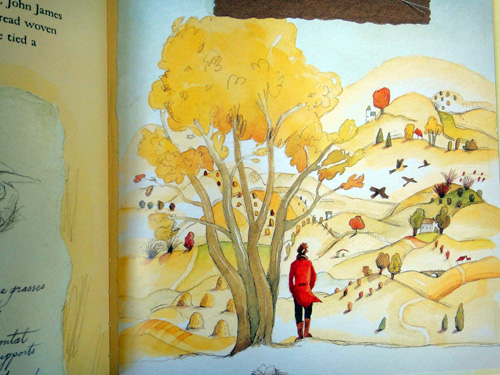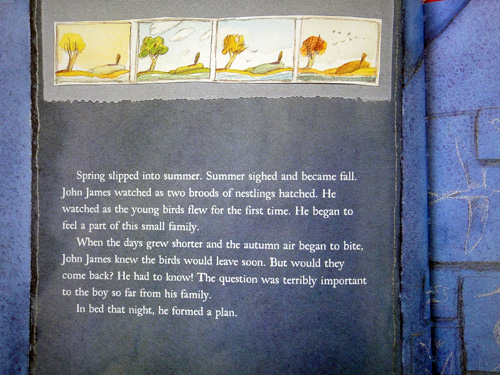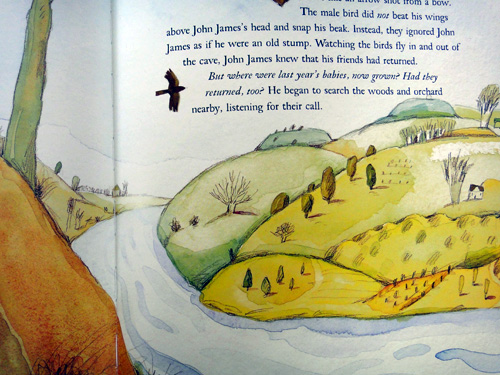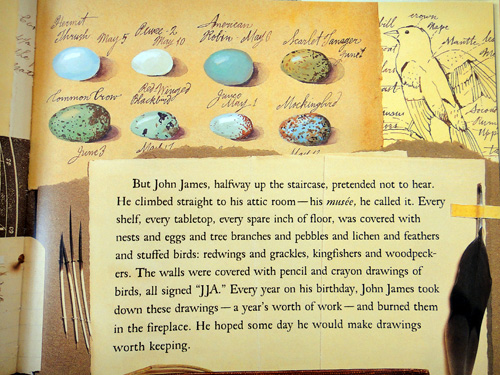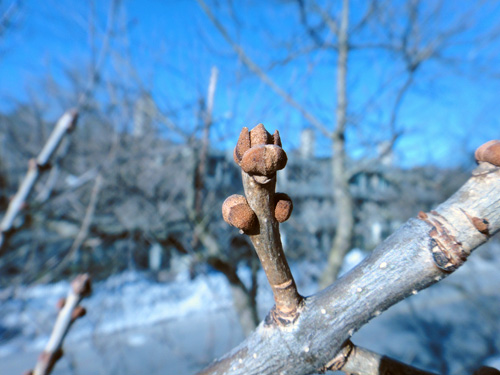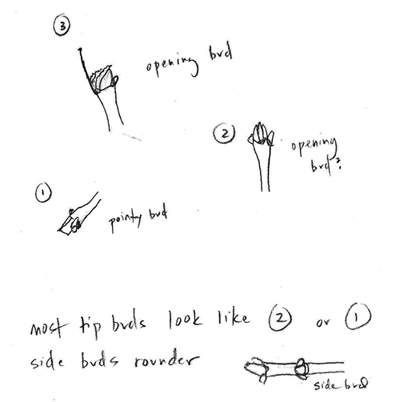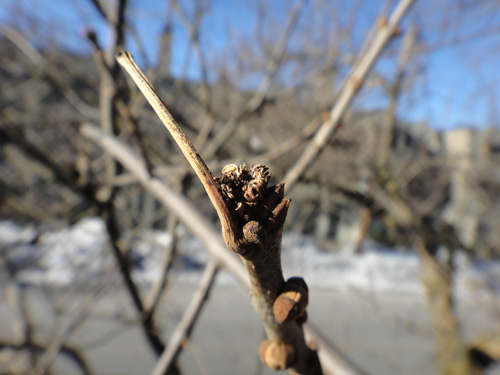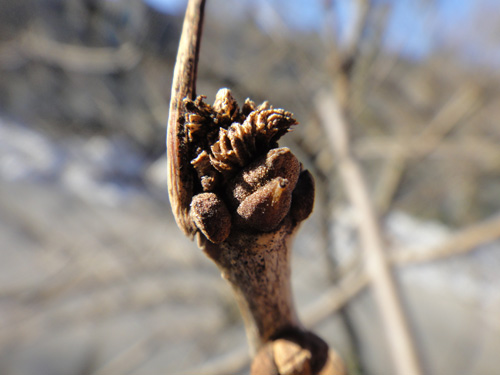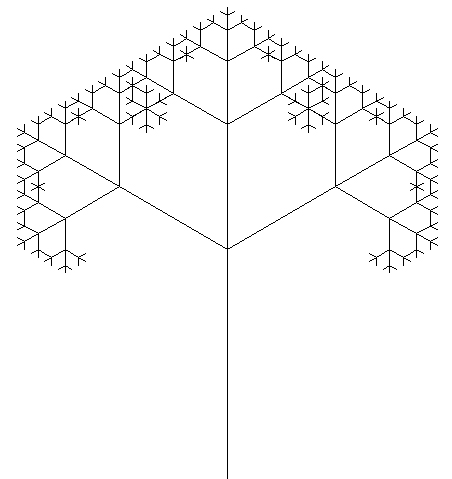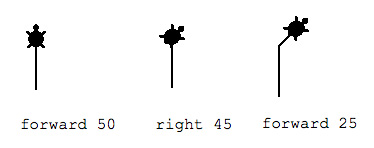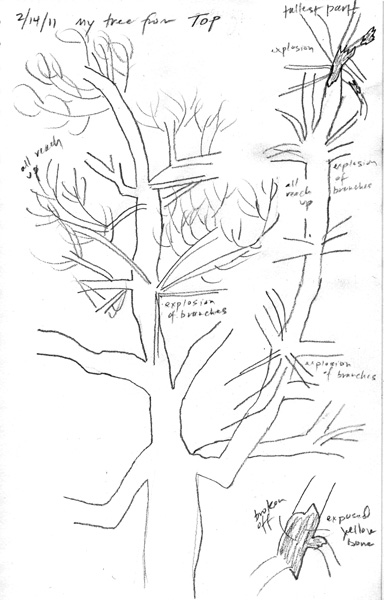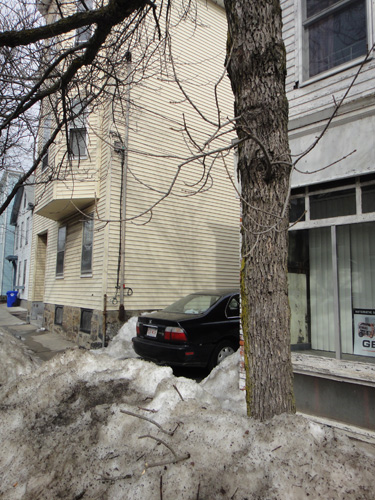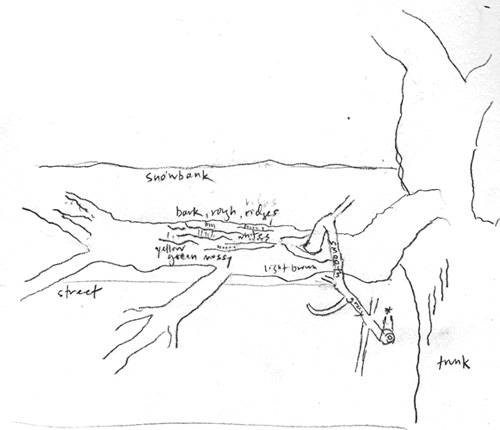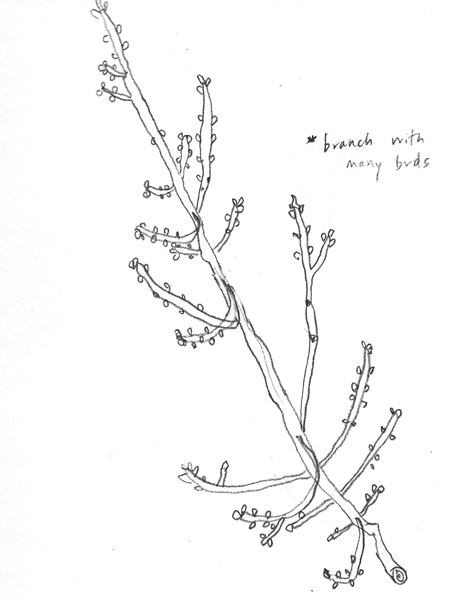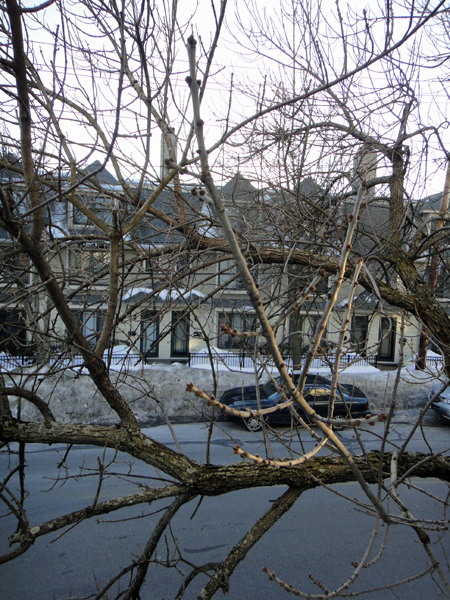It's the most wonderful time of the (school) year... field trip time!
My daughter and I have visited the Chihuly exhibit at the MFA Boston three times already, but I still can't wait to go back and see it again. It is amazing what he and his fellow artists can do with glass! Many of the forms Chihuly creates are evocative of organic forms in nature such as trees and flowers. So, I thought today, we'd take a field trip to the MFA to see some of these incredible artworks.
The first of Chihuly's works that you see is in the new atrium. It's an awe-inspiring 42 foot high Lime Green Icicle Tower, which looks like the most beautiful cactus you've ever seen. Except it's made of glass!
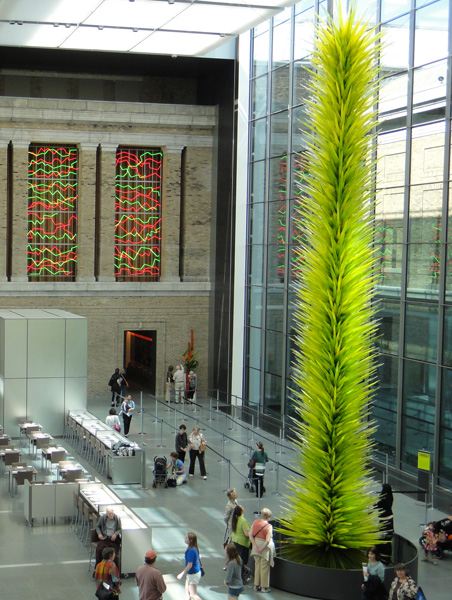
The variations in the colors of the over 2,000 individual glass pieces are what make it seem so real. How many colors do you see?
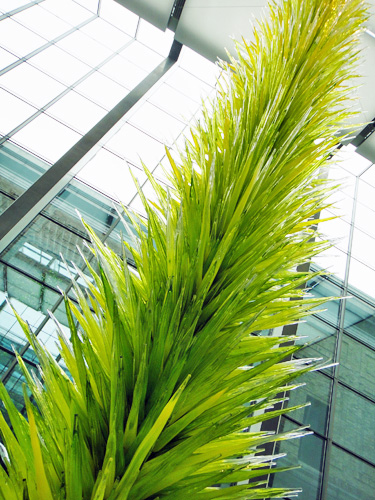
Check out this video of how they installed the piece at the museum!
The exhibit itself begins with a collection of flower-like shapes that Chihuly calls Persians. The name, says Chihuly, "conjured up Near Eastern, Byzantine...smells, scents...it was...exotic."
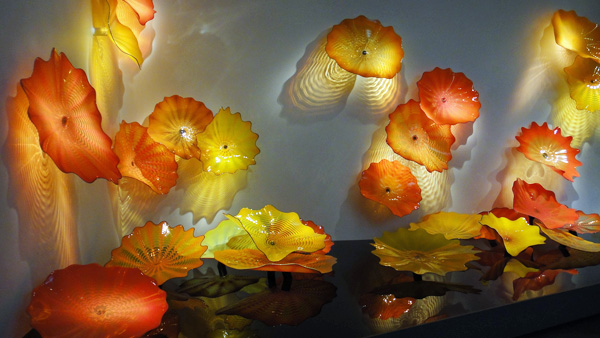
What else do these shapes remind you of?
Farther on in the exhibit, there is an empty room where the ceiling is covered with a kaleidoscopic collection of Persians.
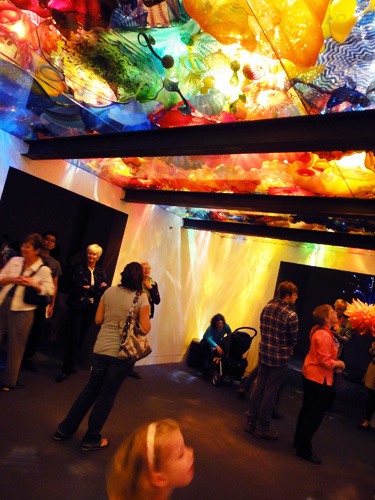
All different hues of light stream down into the room from above. I love the unique perspective on the artwork here. It reminds me of looking at trees. You have to take a moment to look up and see the beauty that is high above your head. You might even want to lay down and play a little "I Spy" with your friends.
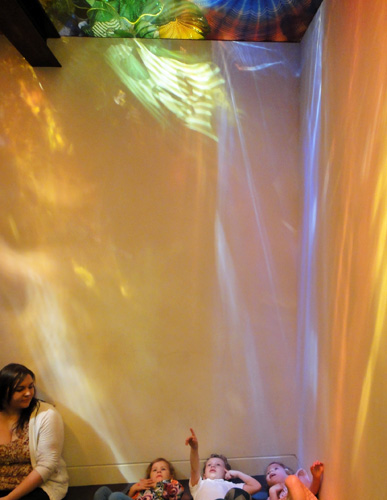
In the middle of the exhibit, you arrive in a fantastical undersea world full of weeds and flowers and trees and creatures, all in the most vibrant colors you can imagine.
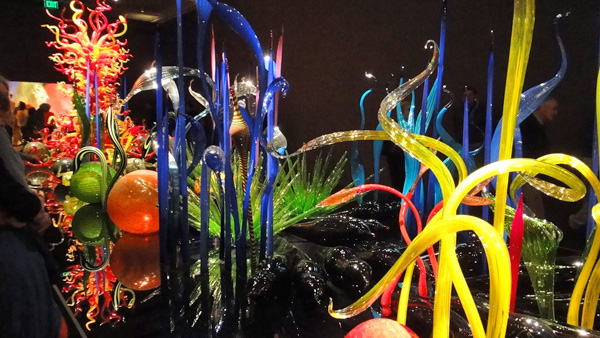
This installation is enormous! The group of figures fill a space that is 58 feet long and the tallest pieces are 11 feet high! Chihuly calls these installations Mille Fiori, which means "thousand flowers" in Italian and is also the term for a type of glasswork used to make colorful vases and jewelry. Some of the forms that Chihuly includes in his Mille Fiori installations are called Reeds, Herons, Towers, Pods, and Seal Pups. Can you find them?
The final piece in the exhibit is called Neodymium Reeds and is a simple and subtle combination of lavender glass rods and birch tree logs.
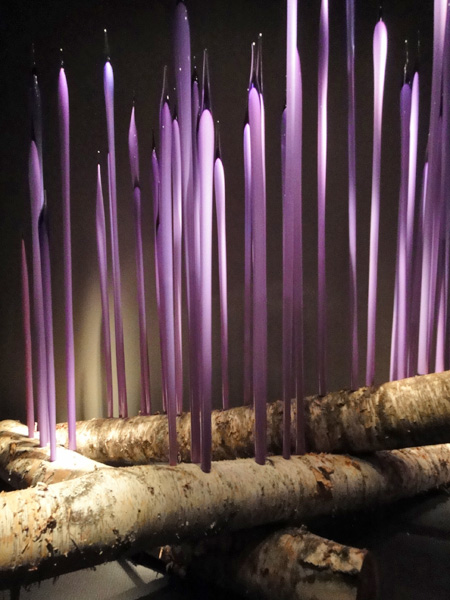
Those are real tree trunks! I find it so intriguing that the trees here are horizontal and the rods are vertical. Have the trees fallen? Are these reeds growing out of decaying trunks? Or are they a new order of trees, overtaking the old? They're so perfect and bright, while the birch bark is so flaky, uneven and dull. What do you think about the combination of real items from nature and these surreal glass forms?
Chihuly enjoys this juxtaposition, often placing his works in the outdoors. He installed Amber Cattails in the narrow gardens that separate the MFA's new atrium from its original building.
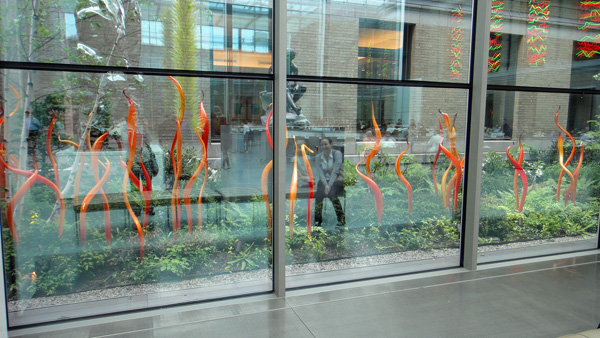
They look like they're just growing right alongside the trees and shrubs. And yet, they're so strange. Do you think they look like they belong in nature or not?
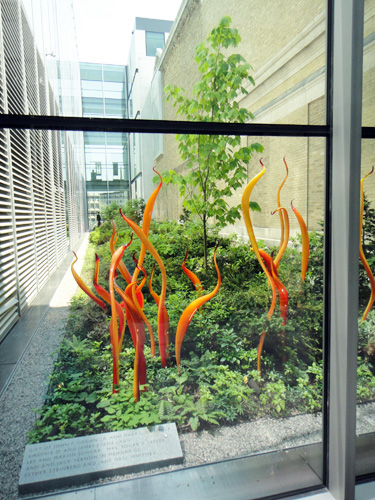
In recent years, Chihuly has put on dozens of installations at Botanical Gardens throughout America and abroad. Let's take a peek at one installation he did at Desert Botanical Garden in Phoenix, Arizona. I love this little home made video. It gives you a genuine feeling of what it's like to walk through an outdoor installation like this. Keep an eye open for the glass works - sometimes it's hard to tell what's nature and what is glass!
I love thinking about the fact that it will rain or snow on these things. Just like real trees, real flowers, and real reeds, they are delicate and magical things that must survive the weather every day. How strong do you think these glass pieces are? How strong do you think the trees and the flowers are?
Chihuly's works really impress me in that they seem to have the capacity to excite children as much as adults. It's no surprise that a children's museum has actually dedicated permanent exhibit space, complete with hands-on activities, to one of Chihuly's works.
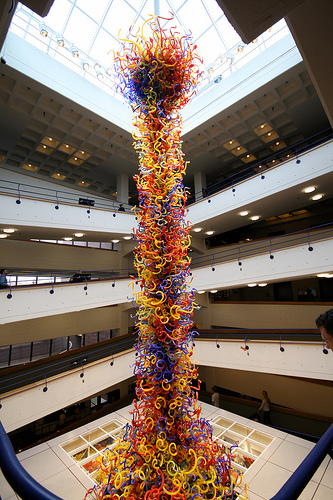
Fireworks of Glass at the Children's Museum of Indianapolis
picture by Intiaz Rahim
Back in Boston, as we make our way to the lunchroom at the MFA, we are in for one last little - no, a big - surprise. An enormous tree mural!
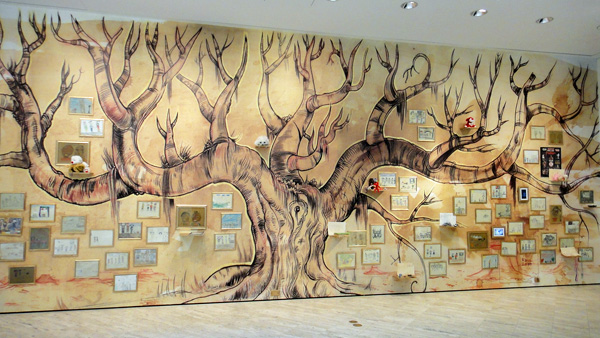
This is the product of the museum's community arts initiative, in which young students from several Boston-area Boys and Girls clubs worked together with artist Raul Gonzalez. They looked at images of family portraits from the museum's collection and set about making their own.
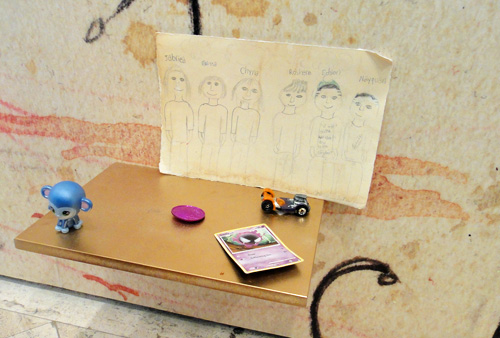
The kids added treasured items to their displays and put them all together into a wonderful family tree connecting many families and many traditions. What would your family tree look like? What kind of a family tree do you think Chihuly would make?
Perhaps when we get back to school, we'll draw some trees, some fantastical and some familial. For some more inspiration, check out this blog about drawing trees: How to draw a tree. It is full of amazing images, capturing the colors and shapes and wonder of trees. I can't stop reading it!
My daughter and I have visited the Chihuly exhibit at the MFA Boston three times already, but I still can't wait to go back and see it again. It is amazing what he and his fellow artists can do with glass! Many of the forms Chihuly creates are evocative of organic forms in nature such as trees and flowers. So, I thought today, we'd take a field trip to the MFA to see some of these incredible artworks.
The first of Chihuly's works that you see is in the new atrium. It's an awe-inspiring 42 foot high Lime Green Icicle Tower, which looks like the most beautiful cactus you've ever seen. Except it's made of glass!

The variations in the colors of the over 2,000 individual glass pieces are what make it seem so real. How many colors do you see?

Check out this video of how they installed the piece at the museum!
The exhibit itself begins with a collection of flower-like shapes that Chihuly calls Persians. The name, says Chihuly, "conjured up Near Eastern, Byzantine...smells, scents...it was...exotic."

What else do these shapes remind you of?
Farther on in the exhibit, there is an empty room where the ceiling is covered with a kaleidoscopic collection of Persians.

All different hues of light stream down into the room from above. I love the unique perspective on the artwork here. It reminds me of looking at trees. You have to take a moment to look up and see the beauty that is high above your head. You might even want to lay down and play a little "I Spy" with your friends.

In the middle of the exhibit, you arrive in a fantastical undersea world full of weeds and flowers and trees and creatures, all in the most vibrant colors you can imagine.

This installation is enormous! The group of figures fill a space that is 58 feet long and the tallest pieces are 11 feet high! Chihuly calls these installations Mille Fiori, which means "thousand flowers" in Italian and is also the term for a type of glasswork used to make colorful vases and jewelry. Some of the forms that Chihuly includes in his Mille Fiori installations are called Reeds, Herons, Towers, Pods, and Seal Pups. Can you find them?
The final piece in the exhibit is called Neodymium Reeds and is a simple and subtle combination of lavender glass rods and birch tree logs.

Those are real tree trunks! I find it so intriguing that the trees here are horizontal and the rods are vertical. Have the trees fallen? Are these reeds growing out of decaying trunks? Or are they a new order of trees, overtaking the old? They're so perfect and bright, while the birch bark is so flaky, uneven and dull. What do you think about the combination of real items from nature and these surreal glass forms?
Chihuly enjoys this juxtaposition, often placing his works in the outdoors. He installed Amber Cattails in the narrow gardens that separate the MFA's new atrium from its original building.

They look like they're just growing right alongside the trees and shrubs. And yet, they're so strange. Do you think they look like they belong in nature or not?

In recent years, Chihuly has put on dozens of installations at Botanical Gardens throughout America and abroad. Let's take a peek at one installation he did at Desert Botanical Garden in Phoenix, Arizona. I love this little home made video. It gives you a genuine feeling of what it's like to walk through an outdoor installation like this. Keep an eye open for the glass works - sometimes it's hard to tell what's nature and what is glass!
I love thinking about the fact that it will rain or snow on these things. Just like real trees, real flowers, and real reeds, they are delicate and magical things that must survive the weather every day. How strong do you think these glass pieces are? How strong do you think the trees and the flowers are?
Chihuly's works really impress me in that they seem to have the capacity to excite children as much as adults. It's no surprise that a children's museum has actually dedicated permanent exhibit space, complete with hands-on activities, to one of Chihuly's works.

Fireworks of Glass at the Children's Museum of Indianapolis
picture by Intiaz Rahim
Back in Boston, as we make our way to the lunchroom at the MFA, we are in for one last little - no, a big - surprise. An enormous tree mural!

This is the product of the museum's community arts initiative, in which young students from several Boston-area Boys and Girls clubs worked together with artist Raul Gonzalez. They looked at images of family portraits from the museum's collection and set about making their own.

The kids added treasured items to their displays and put them all together into a wonderful family tree connecting many families and many traditions. What would your family tree look like? What kind of a family tree do you think Chihuly would make?
Perhaps when we get back to school, we'll draw some trees, some fantastical and some familial. For some more inspiration, check out this blog about drawing trees: How to draw a tree. It is full of amazing images, capturing the colors and shapes and wonder of trees. I can't stop reading it!
